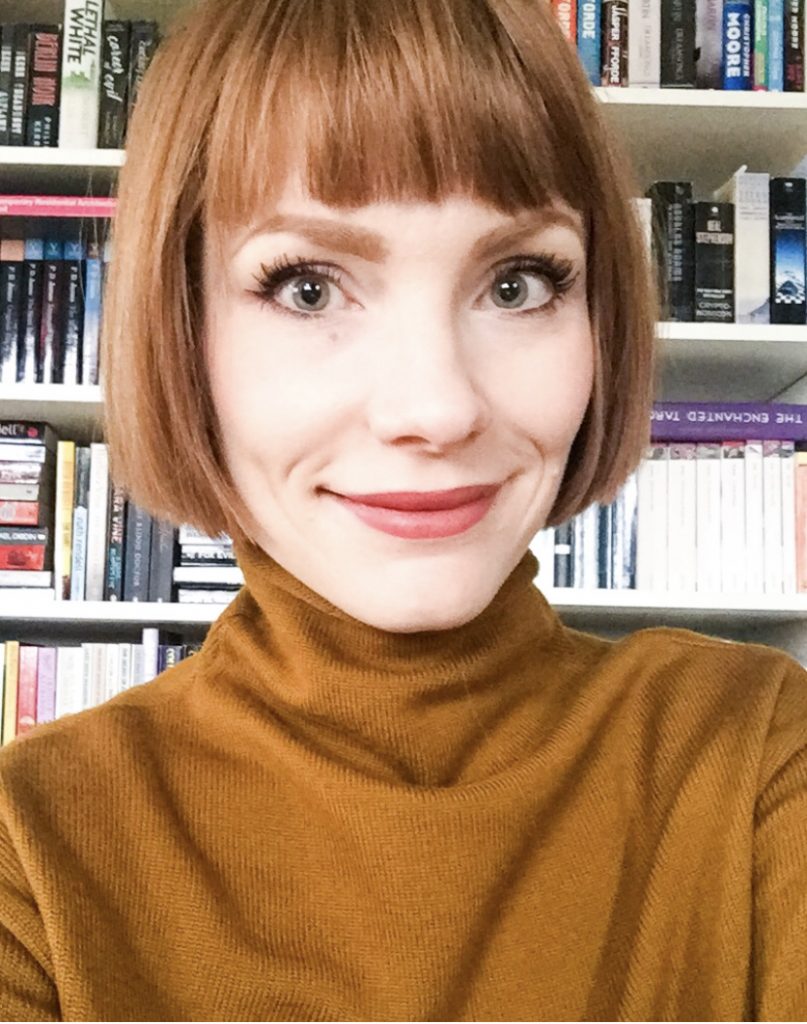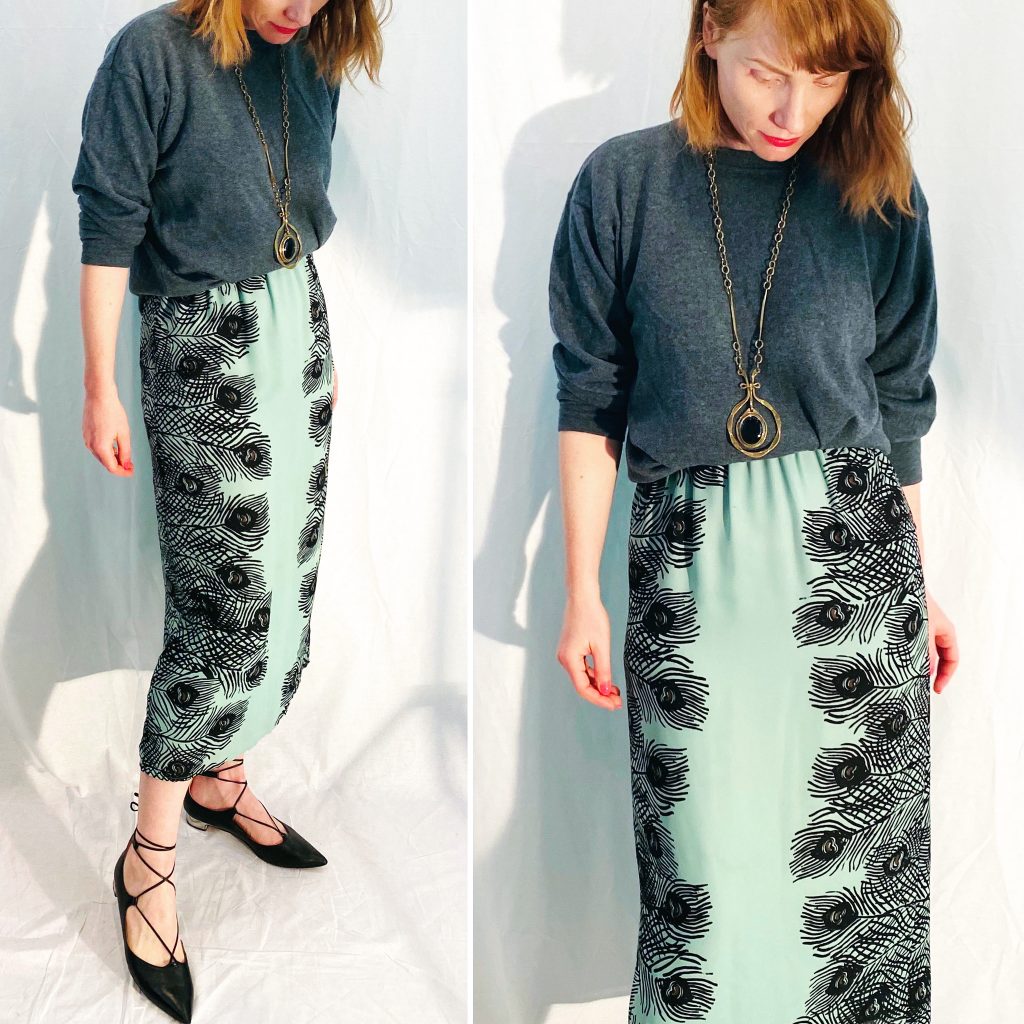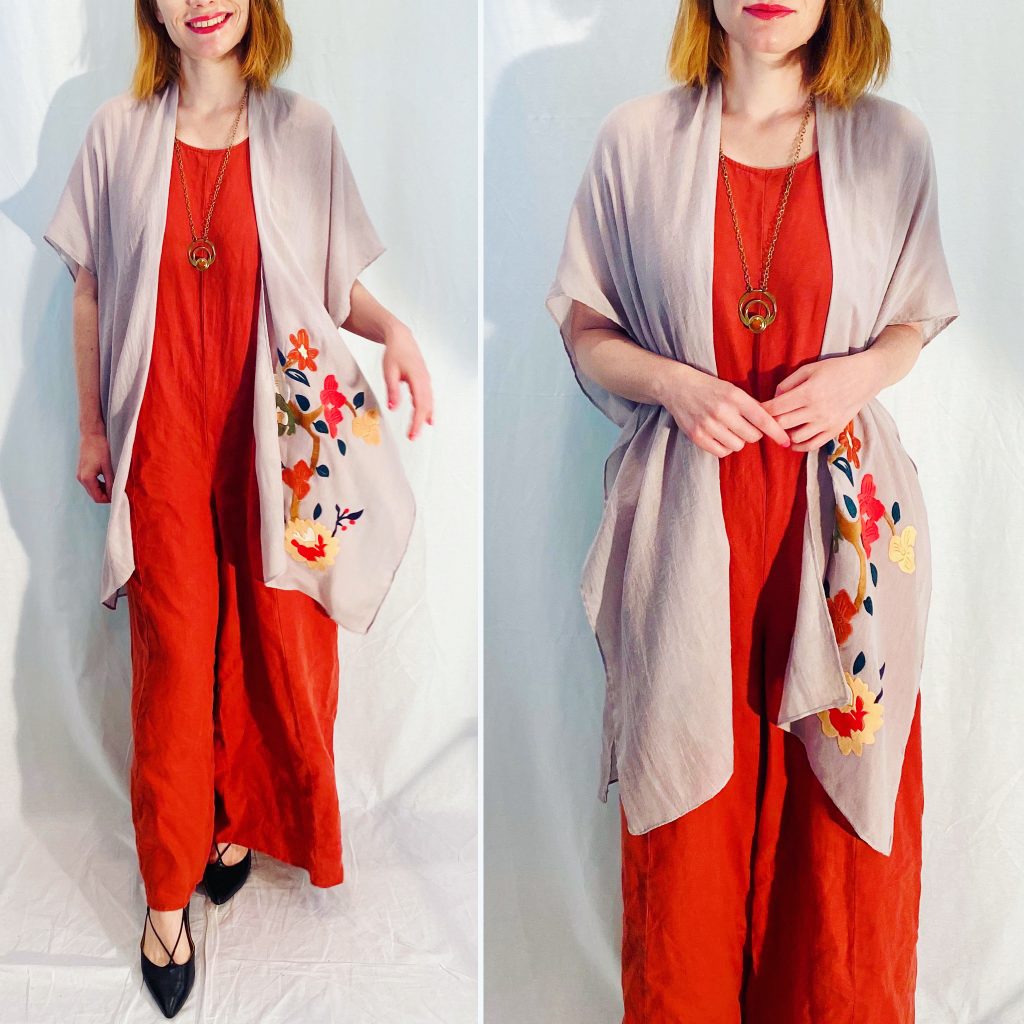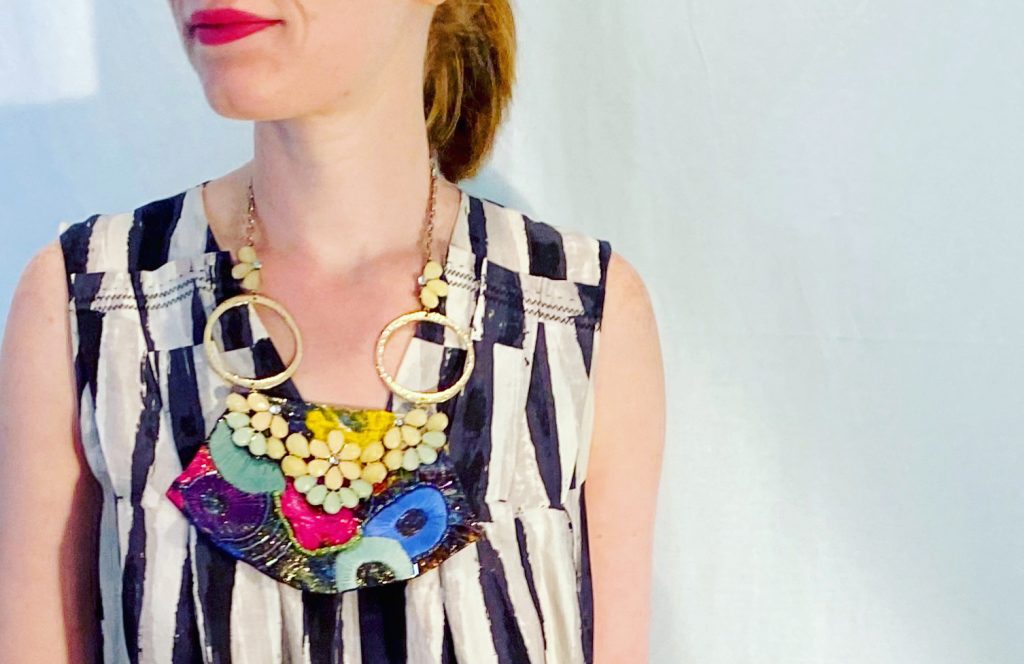Time for another round-up of my recent reads. I’ve been trying to keep track on Instagram, but haven’t been as diligent as I had hoped; so, there are a few missing (mostly mystery novels).
Moriarty– Alan Horowitz
This is a mystery novel that takes place after the “death” of Sherlock Holmes at the Reichenbach Falls, as two detectives – one from Scotland Yard, one from the Pinkerton agency in the US – race to stop a new criminal mastermind who is threatening to take over the empire left behind by Moriarty. Without giving too much away, there is a huge plot twist near the end which in retrospect is really obvious. It’s hiding in plain sight. I was still taken by surprise a bit, but didn’t find the reveal as mind-boggling as, say, that in the Seven Deaths of Evelyn Hardcastle (which remains one of the most unique mystery novels I have read in years). The plot itself is fine, if a bit – dare I say it – mundane.
Indigenous Writes – Chelsea Vowel
I loved this book so much, and it’s because the author has a fantastic voice. She is an academic, so she covers the topics here – everything you need to know about Indigenous rights and issues in Canada – with careful analysis and lots of footnots. But! Her writing is anything but dry and academic. It’s funny, and direct, and will have you hooked.
Glass Hotel – Emily St. John Mandel
I have a hard time trying to classify this book, or even try to explain what it’s about. I guess I would say it’s about a disparate group of characters and the ways in which their lives intersect and connect in different and unexpected ways over time. There is a Bernie Madoff-inspired subplot that takes up a good chunk of the narrative but it’s not, ultimately, central to the book except in terms of the broader themes and ideas that it serves to explore. Notwithstanding my inability to summarize it, I did enjoy the book a great deal and would whole-heartedly recommend it.
Difficult Women – Roxanne Gay
This was, no pun intended, a difficult read for me. Many of the short stories in this collection feature graphic descriptions of sexual violence, which are (for lack of a better word) triggering for me. I almost didn’t finish the book, several times. I persevered only because I did enjoy Gay’s voice tremendously, and I loved that all of the stories focus on “difficult” (complex, multi-faceted, some unlikable) women that are not always protagonists in mainstream lit.
Green Grass Running Water – Thomas King
This is a comic fantasy novel that reminded me a lot of Terry Pratchett in tone. The author is Indigenous, and the book provides exploration of contemporary Indigenous culture and narrative traditions. [Side note: I have seen the descriptor “Native American” used for this book; while I cannot speak for the author , the plot is set primarily in Canada so I am using what I believe is the preferred term here.] The plot is difficult to render in a short blurb, but it involves 4 mysterious Elders, the trickster Coyote, along with a bunch of other characters who are returning to their Blackfoot reserve in Alberta, Canada for the annual Sun Dance. The book is funny, irreverent, and lots of fun.
The Victorian House – Judith Flanders
The subtitle of this book is “Domestic Life from Childbirth to Death” which gives you a general sense of the content. It’s an exhaustive – and exhausting to think about – look at daily life of the middle- and upper-middle classes in the Victorian era. There is so much information here about every room of the typical Victorian house and its purpose and role in Victorian life, along with a look at the relevant social mores and customs. It was fascinating – one of my fave non-fiction books this year so far. It also made me thankful not to have lived in the Victorian era; its novels are all fine and good, but the reality was a bit of a nightmare, frankly.
Birdie – Tracey Lindberg
This was another difficult read for me. The best way I can describe the book is that it’s a story about a woman’s quest to reclaim herself from a history of trauma. The book jacket calls it “darkly comic and moving” and while I agree with the latter assessment, I did not find it comic at all. I struggled a lot with the non-linear narration and those parts of the book that deal with child abuse, sexual violence, and missing and murdered Indigenous women.
What a Library Means to a Woman – Sheila Liming
This is a far more scholarly book than my usual non-fiction reads. “Academic” isn’t usually my cup of tea – I like “infotainment” when it comes to my non-fiction. On the other hand, this book tackles one of my fave hobbies: the personal library. It’s not a book about collecting as much as it is about exploring the use of libraries as a tool of identity and self-making in the 19th and 20th centuries, using Edith Wharton as a kind of case study. It’s part literary biography, part academic theory. Not a light read, but an enlightening one for fellow bibliophiles and Edith Wharton fans.
Between the World and Me – Ta-Nehisi Coates
A powerful exploration of race in America told through first-person narrative in a kind of essay format (the book is framed as a letter to the author’s teenage son). As I did not grow up in North America – and only entered the education system here towards the end of high school – there are many gaps in my knowledge as it pertains to racial history; as a white woman, my lived experience has been far different than Ta-Nehisi Coates’. And it was the “lived experience” aspect of the book that I most connected with. It made me appreciate more than ever the importance of following/listening to diverse voices. It’s one thing to read about the history of oppression faced by Black people from a “neutral” standpoint (which is how most history books are presented to us); but it’s even more important, I think, to read about it from the perspective of those who are impacted by it – to listen to their stories as told by themselves, not others.
Flapper – Joshua Zeitz
This is a fun look at flapper culture in the 1920s. It covers every aspect, from its luminaries, to politics, fashion, advertising and beyond. There was a brief but very interesting discussion of race – black women were wholly excluded from the flapper narrative – and some of my other favourite parts were where the book discussed the birth of consumerist culture in America.
One Native Life – Richard Wagamese
This is a autobiography/memoir of Ojibway author Richard Wagamese who looks back on his life and reflects on his journey of reclaiming his Indigenous identify after growing up in foster care. Each short chapter offers a glimpse at various moments in this journey – from childhood memories (some quite traumatic) to memorable encounters with public figures like Pierre Trudeau and Muhammed Ali. My only quibble is that I wish each chapter had been longer, because I enjoyed following his story.
The Skin We’re In – Desmond Cole
As with Between the World and Me, this is a must-read for anyone doing their anti-racism homework and especially for Canadians who like to think that we don’t have any racism here (or less than the US). The book follows events that happened in 2017 which starkly illustrate Canada’s own problems with race, including policy brutality, and provides commentary on the root causes. The author is a journalist and activist who has been on the front lines of the Black Lives Matter movement in Toronto, and brings his personal experiences and perspectives to bear on these issues.
Is Gwyneth Paltrow Wrong About Everything – Timothy Caulfield
This book – written by a law professor from my alma mater – tackles the intersection of (pseudo)science and celebrity culture, although the emphasis ends up being more on the latter (somewhat to my disappointment). I found the first few chapters — looking at cleanses, fad diets, skin care and beauty treatments — the most interesting. Latter chapters that focused more on celebrity culture were less so, if only because it’s a topic that has been covered so many times before. Caulfield is clearly a student of pop culture, but his insights into celebrity-dom are not as incisive as, say, Anne Helen Petersen’s. I will say that whenever he’s riffing on Gwynnie — and she IS wrong about most things, it turns out — he’s on top of the game.
Eight Perfect Murders – Peter Swanson
This was a bit of a disappointment. I was excited by the premise – a series of murders inspired by a bookseller’s list of “perfect murder” classic mystery novels — but felt that the execution fell flat. I am as fond of the unreliable narrator device as anyone, but I did not think it was successfully deployed here. The way the twists were revealed robbed the story of its suspense, I felt. There was no “OMG!!!” moment; if you’re looking for that, you’re better off reading The Seven Deaths of Evelyn Hardcastle (still one of the most inventive mystery novels I’ve read in the last decade).
On Beauty – Zadie Smith
I liked this book, but didn’t love it. I think Smith is a brilliant writer, but I hated every character in this book except Kiki, the matriarch of the Belsey clan. Her, I adored. I wish the whole book focused on her and did away with some of the other characters altogether – like her insufferable husband (a university professor who is the definition of middle-aged white guy midlife crisis) and his nemesis (right wing figurehead) who were both, frankly, despicable in different and similar ways. I’ve read reviews of the book that suggested Smith was inspired by E.M. Forster’s Howards End, which I haven’t read; maybe if I had, I would have gotten more out of On Beauty. As it was, I found the ending disappointing — it felt like nothing got resolved, or else I missed the point.
Life In a Medieval City — Frances Gies, Joseph Gies
The book jacket is selling this as a “research resources” for George R.R. Martin’s Game of Throne series, which I think is doing it a disservice. Forget dragons; this is a thorough look at life in the Middle Ages — specifically life in 1250 in the French city of Troyes. I am endlessly fascinated by these sorts of accounts, and this is no exception. I did find a few passages somewhat confounding. [Example: “To be a woman in the thirteenth century is much like being a woman in any age. Women are somewhat oppressed and exploited, as always, but as in any age, social status is the really important thing …” On one hand, I guess that last part is true. On the other hand, to suggest that the status of women in the 13th century is the same as in the 20th century, when this book was written, seems very weird to me.]
That’s it for me (for now), but I would love to hear about what you’re reading — and watching! – these days.








